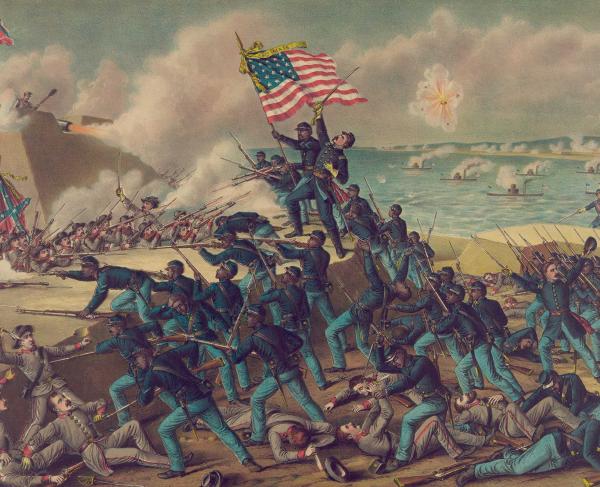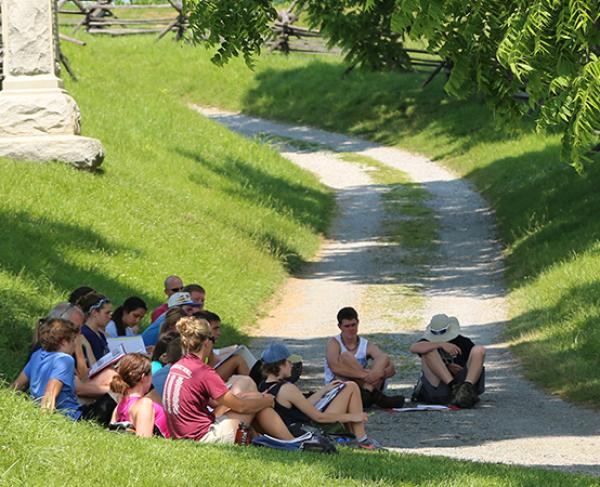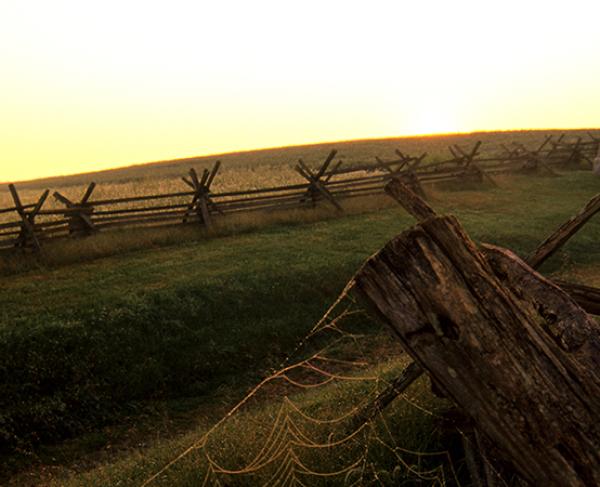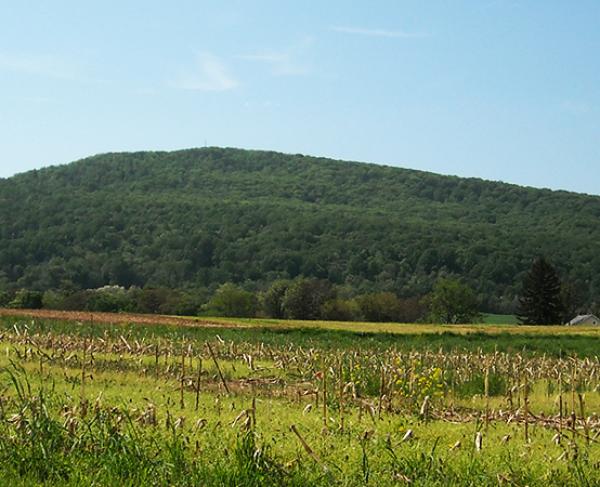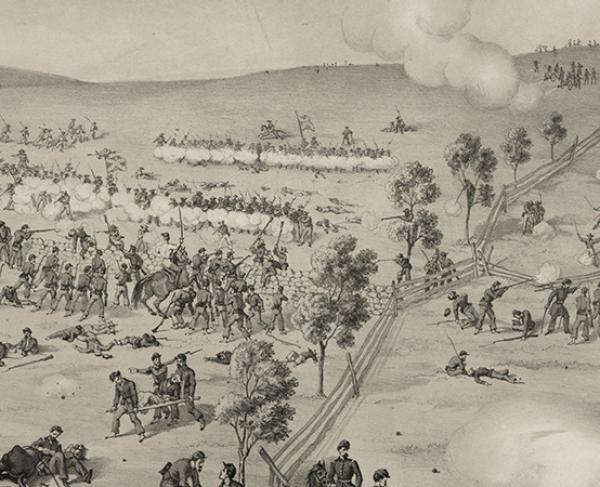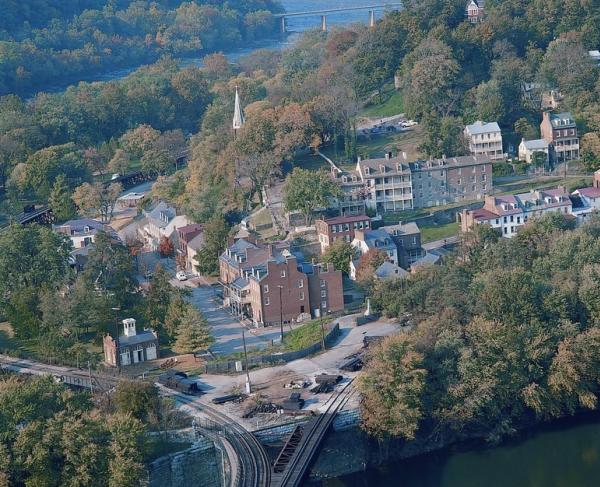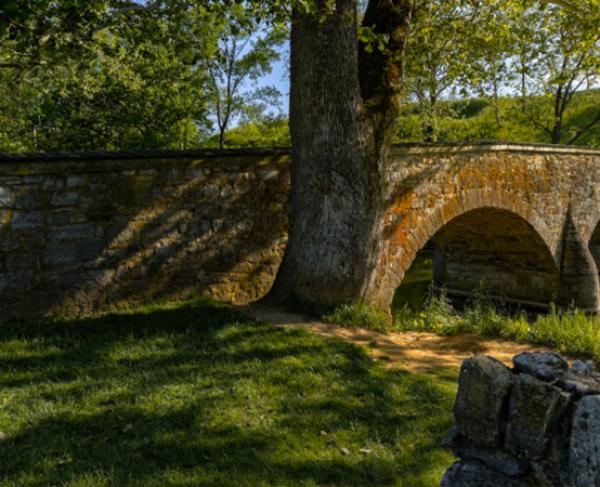Tour Antietam and Vicinity in Three Days
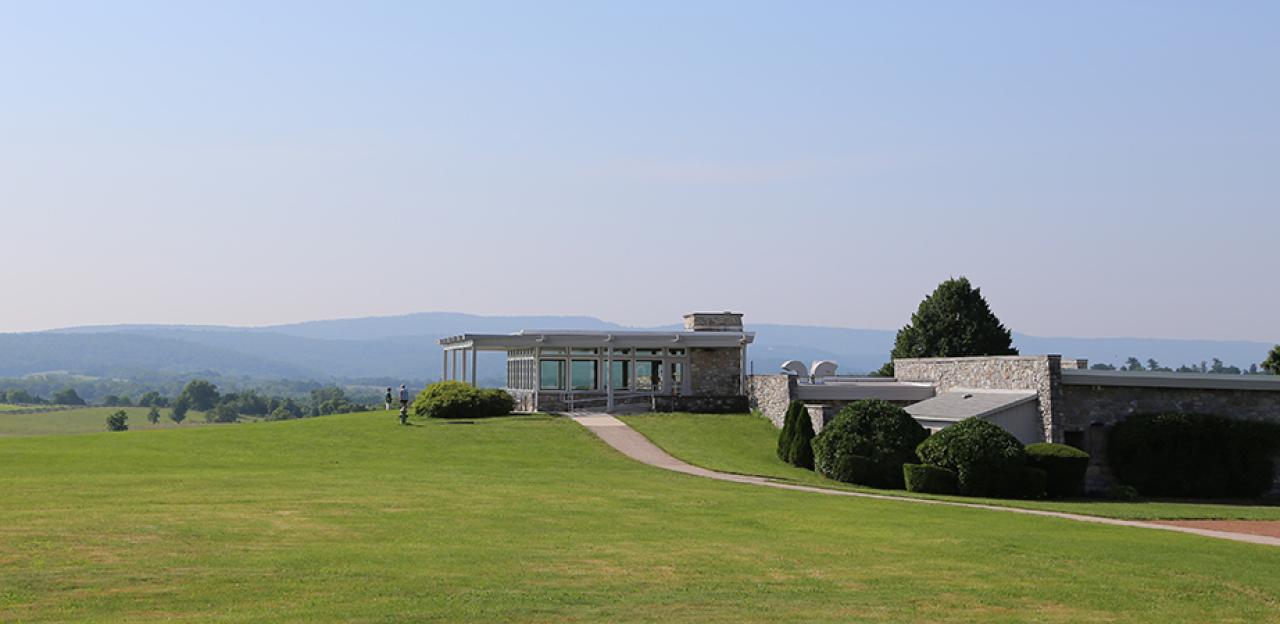
In three days, you will be able to cover the area very well. You can choose to spend as much or as little time as you like at the various sites. No matter what, make sure you spend ample time at Antietam and Harpers Ferry as they are the stars of this itinerary! If you visit all eight stops, you’ll be covering events from John Brown’s Raid (1859), the Maryland Campaign (1862), the Confederate march on Washington (1864), and much more.
Before you go:
- Print or download the Tour Map.
- Watch the Antietam Animated Map.
- Download the Antietam Battle App, if you want more detail and touring assistance
- Learn about John Brown’s Raid and Harpers Ferry
- Learn about the Battle of South Mountain
- Learn about the Battle of Monocacy.
Stop #1: Antietam National Battlefield
Time: 4-6 hours (7-8 if you love to hike)
Details: www.nps.gov/anti/index
Fought on September 17, 1862, this battle was the single bloodiest day in American history, with more than 22,000 casualties. President Lincoln used this partial victory to issue his Preliminary Emancipation Proclamation.
What to do:
Start at the National Park Service Visitor Center.
- Watch the introductory film.
- Find out what Ranger Programs are scheduled.
- See the exhibits.
Tour the battlefield. You have several options:
- Follow the NPS Auto Tour Route and get out and explore each stop.
- Purchase a touring CD from the bookstore.
- Use the Civil War Trust's free Antietam Battle App on your smart phone.
- Hire a Licensed Battlefield Guide to accompany you.
Don't miss:
- The Cornfield – The battle begins here on the morning of September 17, where for three hours Union and Confederate forces engage in attacks and counterattacks.
- Dunker Church – Stonewall Jackson’s troops hold strong here despite several Union attacks.
- The Sunken Road – Union forces pierce the Confederate center in the early afternoon at this bloody site.
- Burnside's Bridge – The site of Union attempts to turn the Confederate right flank.
- The National Cemetery – There are 4,776 Union remains (1,836 or 38% are unknown) buried here from the Battle of Antietam, South Mountain, Monocacy, and other action in Maryland.
If you have time:
- Visit the Pry House, which was Union General McClellan’s Headquarters and is now an annex of the National Museum of Civil War Medicine
- Take a hike on one of Antietam’s wonderful trails. See your NPS touring map for locations. Hike the Final Attack for a rigorous walk
- Complete the NPS Antietam battlefield scavenger hunt.
- Do what strikes your fancy. Antietam is a battlefield on which you could spend hundreds of hours and never do the same thing twice. Explore what interests you!
Insider tip: For a sandwich, try the Battleview Market; for ice cream, try Nutter's.
Stop #2: Shepherdstown
Time: 2-3 hours
Located near the Antietam National Battlefield but over the West Virginia line, the lovely (and rather hip!) Shepherdstown served as a Confederate hospital after Antietam and was the site of rearguard battle on September 20, 1862.
What to do:
- Start by walking the main drag through the historic town. Great shops and restaurants abound!
- Drive a few miles to the Shepherdstown Battlefield, site of a small battle following Antietam.
- See the old Cement Mill, where an intense fight took place.
- Visit the Elmwood Cemetery, where many Confederate casualties of the Maryland campaign are buried.
Insider tip: The Bavarian Inn is a beautiful hotel and Inn on the Potomac River at Shepherdstown that serves authentic German cuisine.
Stop #3: Ferry Hill Place/C&O Canal
Time: 30 minutes
The C&O canal served as an important transportation route for Union supplies during the war. Ferry Hill Place, perched above the canal opposite Shepherdstown, was the home of Henry Kyd Douglas, a member of General Stonewall Jackson’s staff.
What to do:
- Tour the Ferry Hill house and grounds.
Insider tip: The Ferry Hill house is only open on weekends Memorial Day through Labor Day, but the canal trails are open year-round.
Stop #4: Harpers Ferry
Time: 4 hours (longer, if you wish to hike Maryland Heights)
Details: www.nps.gov/hafe
Harpers Ferry has a fascinating history of arms manufacturing and transportation – and, of course, slavery and the Civil War. This beautifully preserved town changed hands several times during the Civil War, and was also the site of John Brown’s famous 1859 raid.
What to do:
Start at the National Park Service Visitor Center.
- Take the NPS bus down to the Lower Town.
- Tour the grounds and the many museums and exhibits in town.
- Stand in John Brown’s Fort.
- Visit the Point at the confluence of two mighty rivers, the Potomac and the Shenandoah.
- Walk across the railroad bridge for another view of the Point - Don’t worry, it’s safe for pedestrians!
Tour the Harpers Ferry Battlefield.
- Exit the Park and drive to Bolivar Heights, a crucial site for many of the battles at Harper’s Ferry during the Civil War and walk the interpretive trail.
Don't miss:
- The moderate walk up the stone steps to Jefferson’s Rock, where our third president proclaimed the view from that place was worth a trip across the Atlantic.
If you have time:
- One of the best and most challenging of all Civil War hikes is to visit the overlook and the Stone Fort atop Maryland Heights across the river from the Lower Town. See a Park Ranger for information and allow two hours for this particularly rigorous hike.
Stop #5: Kennedy Farmhouse
Time: 30 minutes
Details: www.johnbrown.org
This home was rented by John Brown and his followers as headquarters to prepare for their 1859 raid on Harpers Ferry.
What to do:
- Check out the interpretive markers outside the house.
- Walk the grounds.
Insider tip: While the house may not be always open, visitors are welcome to explore the grounds and look in the windows.
Stop #6: South Mountain State Battlefield
Time: 2-3 hours
Visit the gaps in South Mountain where soldiers struggled for possession of the passes on September 14, 1862. The Battle of South Mountain produced 4,500 casualties and set the stage for the Battle of Antietam.
What to do:
Start at Crampton’s Gap, where the Union army pushed hard against the Confederate position to relieve the garrison at Harpers Ferry.
- Read the interpretive markers and grasp the importance of the position.
- Visit the War Correspondents’ memorial. Don’t worry—you can’t miss it!
Drive to Fox’s Gap, which the Confederates held despite strong Union pressure.
- Browse the markers and monuments there.
- Walk the North Carolina trail.
If you have time:
- While you are at Crampton’s Gap, take a quick hike further up the rock-choked mountain on the Appalachian Trail—just so you can say you did!
Stop #7: Monocacy National Battlefield
Time: 2-3 hours
Details: www.nps.gov/mono
Visit the site of the July 1864 “Battle that Saved Washington.” Although Union forces were defeated at this battle, it gave Grant time to send veteran troops to bolster defenses around Washington.
What to do:
- Start at the Monocacy National Battlefield Visitor Center and tour the new museum.
- Follow the NPS self-guided Auto Tour, getting out of the car whenever you like to explore.
Stop #8: National Museum of Civil War Medicine
Time: 2 hours
Details: www.civilwarmed.org
Located in nearby Frederick, MD, this fascinating museum contains more than 1,500 artifacts relating to Civil War medicine.
What to do:
- Tour the museum.
- Take advantage of the particularly excellent gift shop.
Insider tip: There are more than a dozen excellent restaurants and plenty of great shops along the main drags. We like Frederick Fudge for sweets and Frederick Coffee Company for a quick bite. Both are on East Street.
Related Battles
12,401
10,316
12,636
286
2,325
2,685
